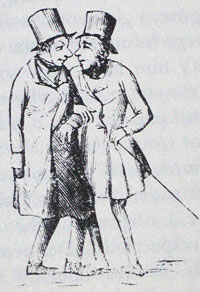Being Human: Kierkegaard's 1847 Discourses on the Lilies of the Field and the Birds of the Air
DOI:
https://doi.org/10.5399/uo/konturen.7.0.3661Abstract
This article is a reading of Kierkegaard's 1847 discourses on "The lilies of the field and the birds of the air." In these discourses, I argue, Kierkegaard pursues the problem of the being of the human being—that is, engages a critique of the fundamental structures of human reality. I show, in particular, how Kierkegaard elaborates a critique of care or concern. The lily and the bird exist without concern. Without collapsing the difference between the being of the lily or bird and the human being, Kierkegaard elaborates a possibility of human existence that is not organized around the project—which is to say in terms of "care." Taking the lily of the field and the bird of the air as emblems of affirmation, he expresses human existence attuned to the superfluous or "whyless" character of reality.Published
2015-08-23
How to Cite
Kangas, D. J. (2015). Being Human: Kierkegaard’s 1847 Discourses on the Lilies of the Field and the Birds of the Air. Konturen, 7, 61–79. https://doi.org/10.5399/uo/konturen.7.0.3661
Issue
Section
Articles

